For folks of a certain age – OK, my age – the announcement that the Eagles would hold an Open Practice at Franklin Field on Sunday brought back memories. I'm sure that was the idea.
Franklin Field, the venerable brick house on the University of Pennsylvania campus, is where the Eagles played their home games from 1958 through 1970. Most memorably, it is where they won their last NFL Championship in December 1960.
Franklin Field represents a significant chapter in the team's history. Bert Bell, the Eagles' original owner and later NFL Commissioner, said the team's move to Franklin Field "saved pro football for Philadelphia." If it didn't save it, it certainly secured it.
Prior to that, the Eagles played before relatively small crowds at Connie Mack Stadium, a baseball park in North Philadelphia. The capacity at Connie Mack Stadium was 39,000 for football and the place was one-third empty for many games in the 1950s. The team was losing and the stadium was a gloomy place.
"There is no ball park in the entire (NFL) that presents the problems of congestion and parking that are provided by that hemmed in egg-crate known as Connie Mack Stadium," wrote Philadelphia Bulletin columnist Hugh Brown in 1955.
But when the Eagles moved to Franklin Field, things changed for the better. Franklin Field had a seating capacity of 60,237 which made it the second-largest home stadium in the NFL at the time. Only the Los Angeles Coliseum, home of the Rams, was larger.
More than that, there was something about the campus setting that made it more welcoming. More families came to the games at Franklin Field.
"We became socially acceptable," former Eagle Tom Brookshier said in a 1997 interview. "There was just something about walking across the grounds, past the statues and the library on a crisp fall day. People who could never go to Penn now could go to Penn on Sunday to see us. It was a great setting and we (the players) felt it, too."
Compared to Connie Mack Stadium, Brookshier said, the horseshoe-shaped Franklin Field was "an incredible amphitheater."
"There wasn't a bad seat in the house," he said. "The stands went straight up so everyone was close to the field. We could hear the fans. If somebody in the upper deck called you a name, you could look up, point at the guy and say, 'I'll see you after the game.'"
Tickets for the Eagles Open Practice at Franklin Field became available on Wednesday. Take a look back at the Eagles' former home to get ready for the event ...
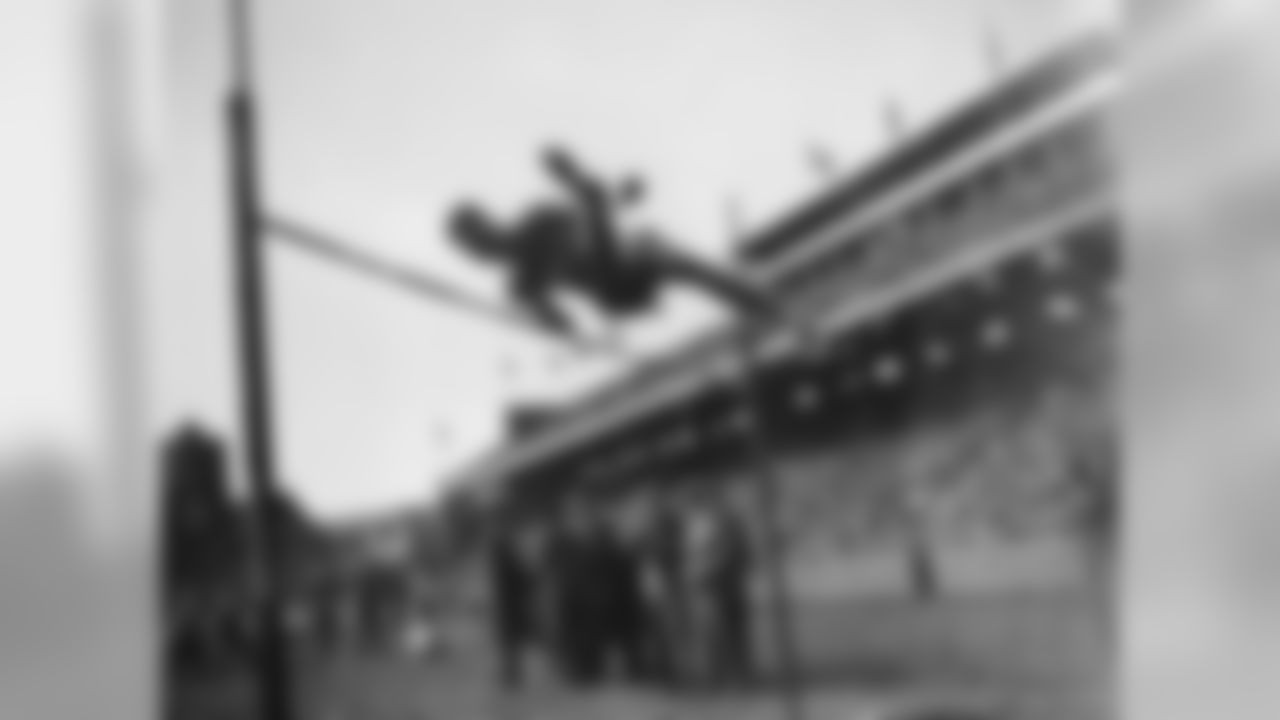
Franklin Field wasn't just the home of the Eagles, it was also (and still remains) the site of the Penn Relays. Here is New York University's George Spitz in 1934

1960 was the Eagles most successful season at Franklin Field, as the team captured their third NFL Championship
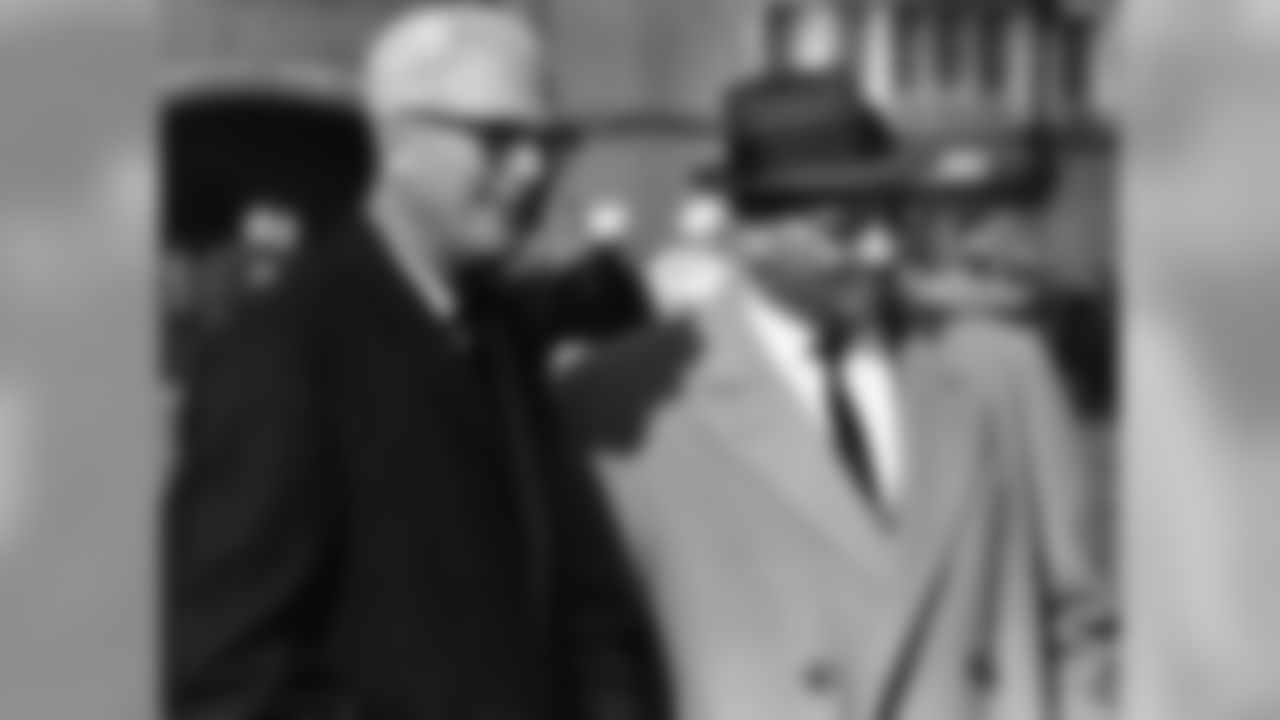
Head Coaches Buck Shaw and Vince Lombardi prepare for the 1960 Championship Game

Eagles QB Norm Van Brocklin warms up for the Championship Game
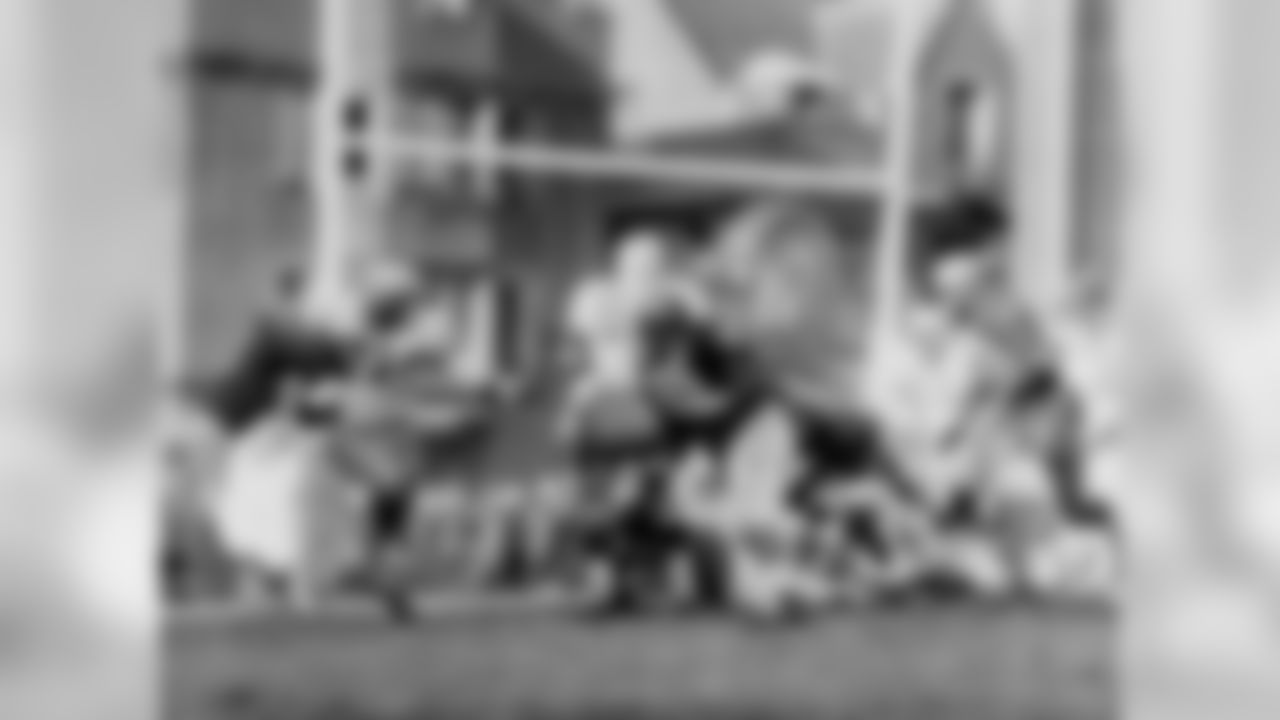
Halfback Ted Dean looks for blockers in the 1960 NFL Championship Game
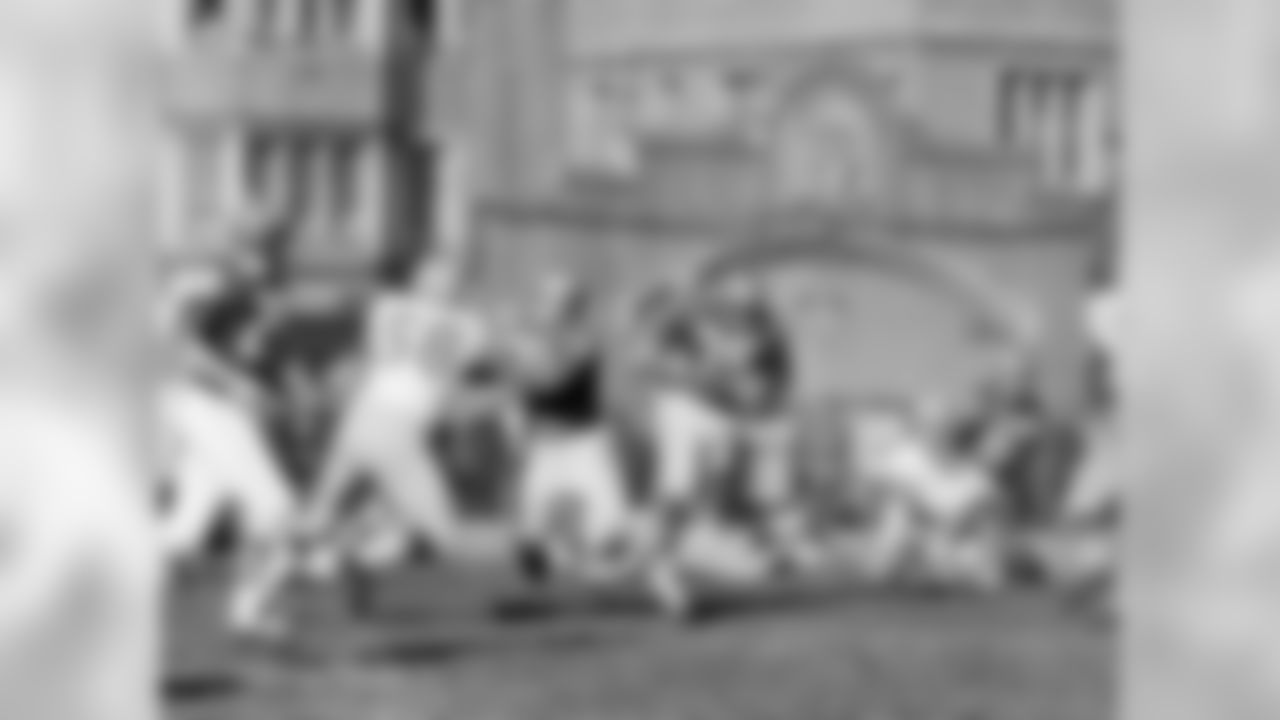
Halfback Ted Dean takes off in the 1960 Championship Game
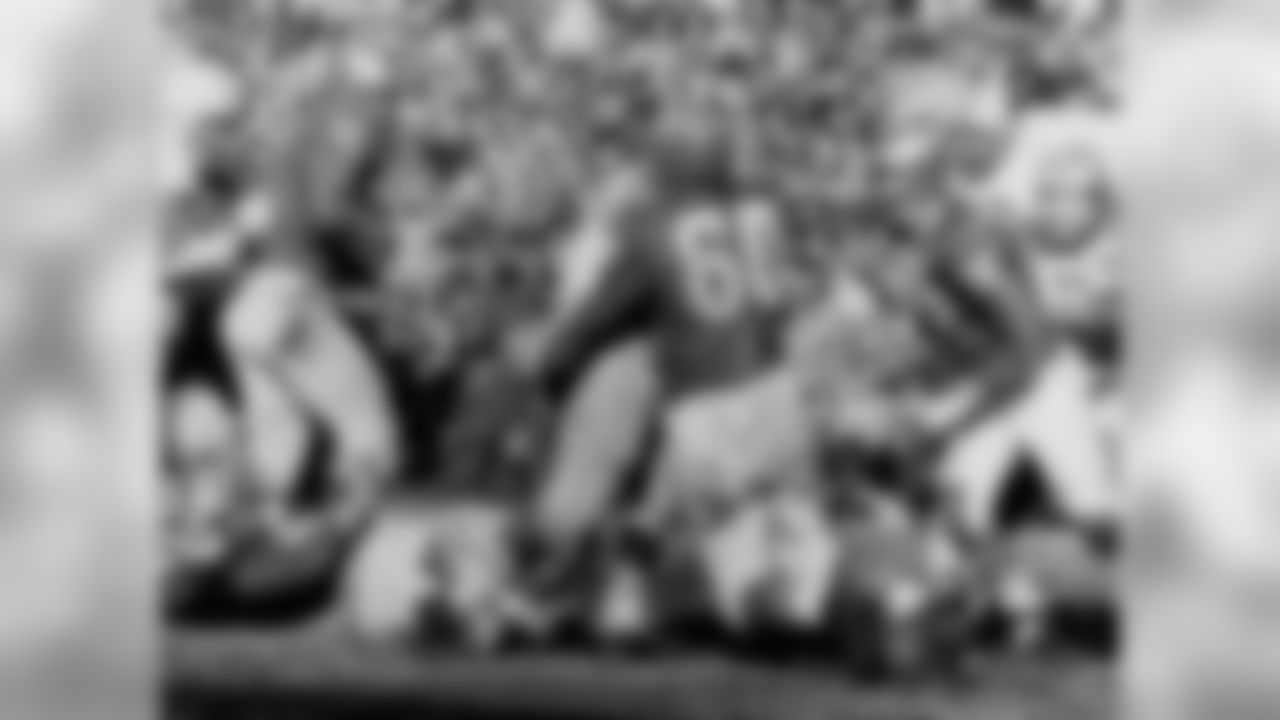
"Concrete" Chuck Bednarik tackles a member of the Packers in 1960
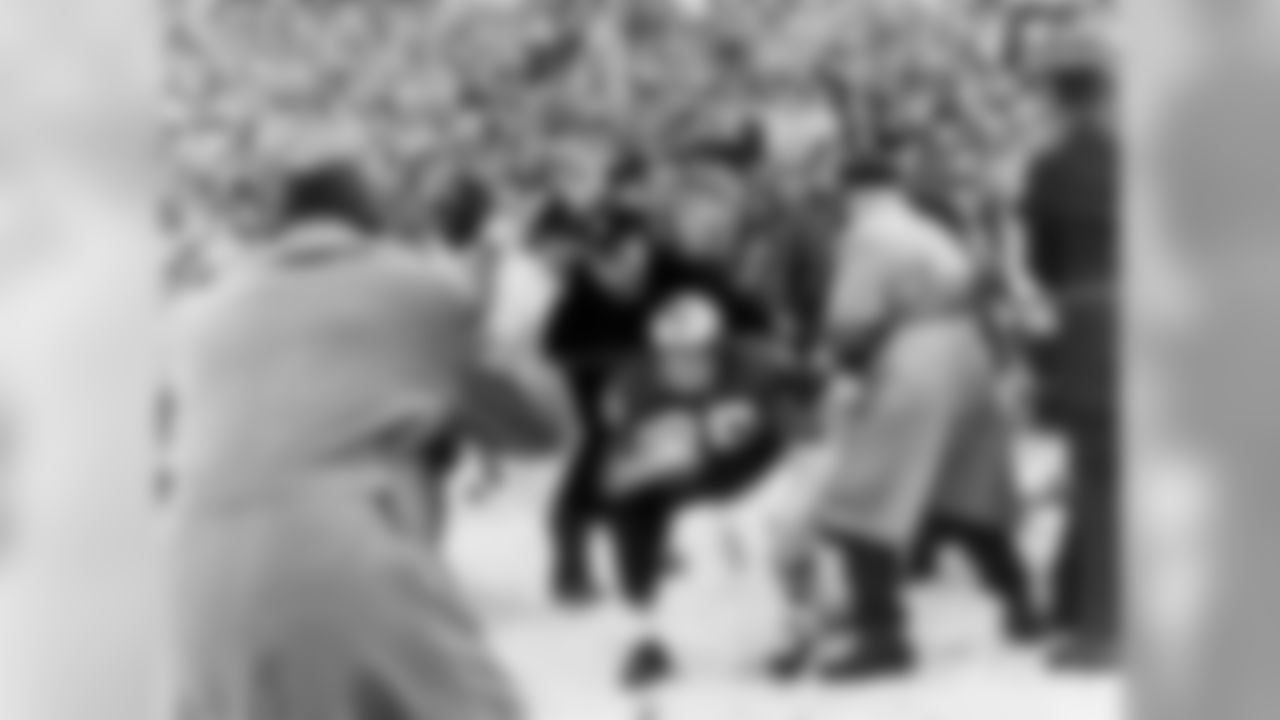
Tommy McDonalds catches a touchdown pass in the 1960 Championship Game
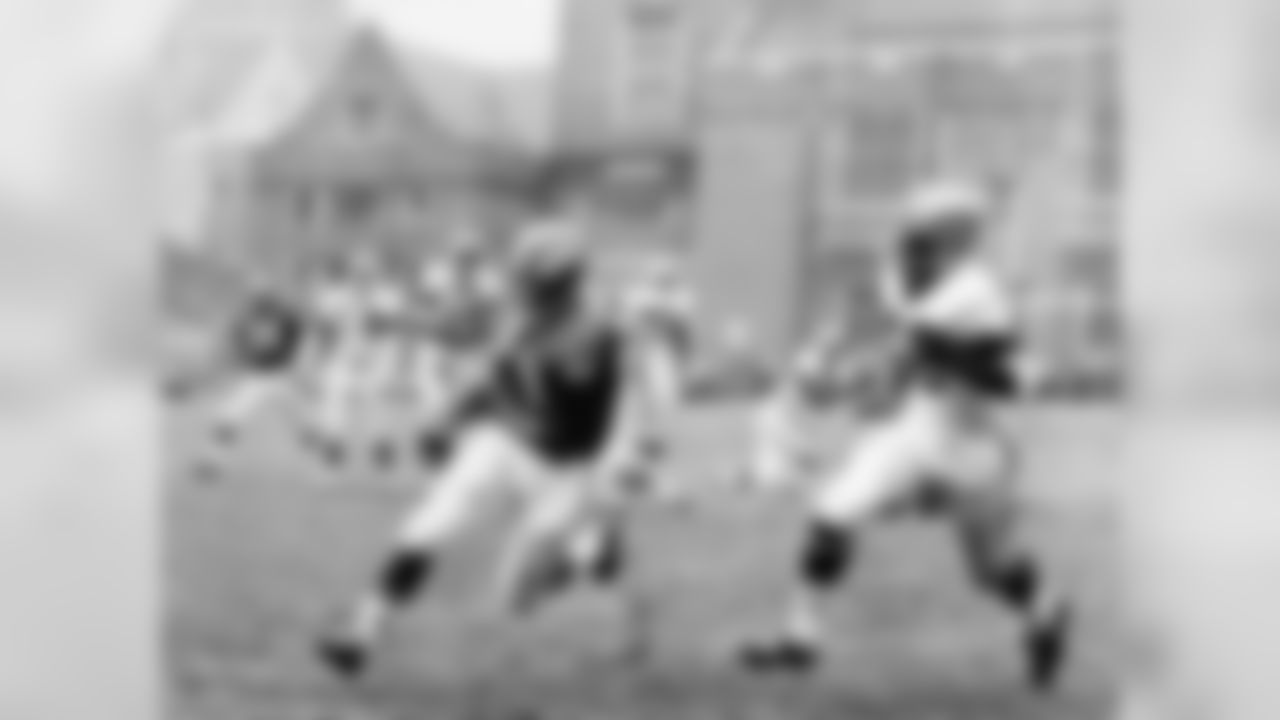
TE Pete Retzlaff sprints down the sideline in 1962
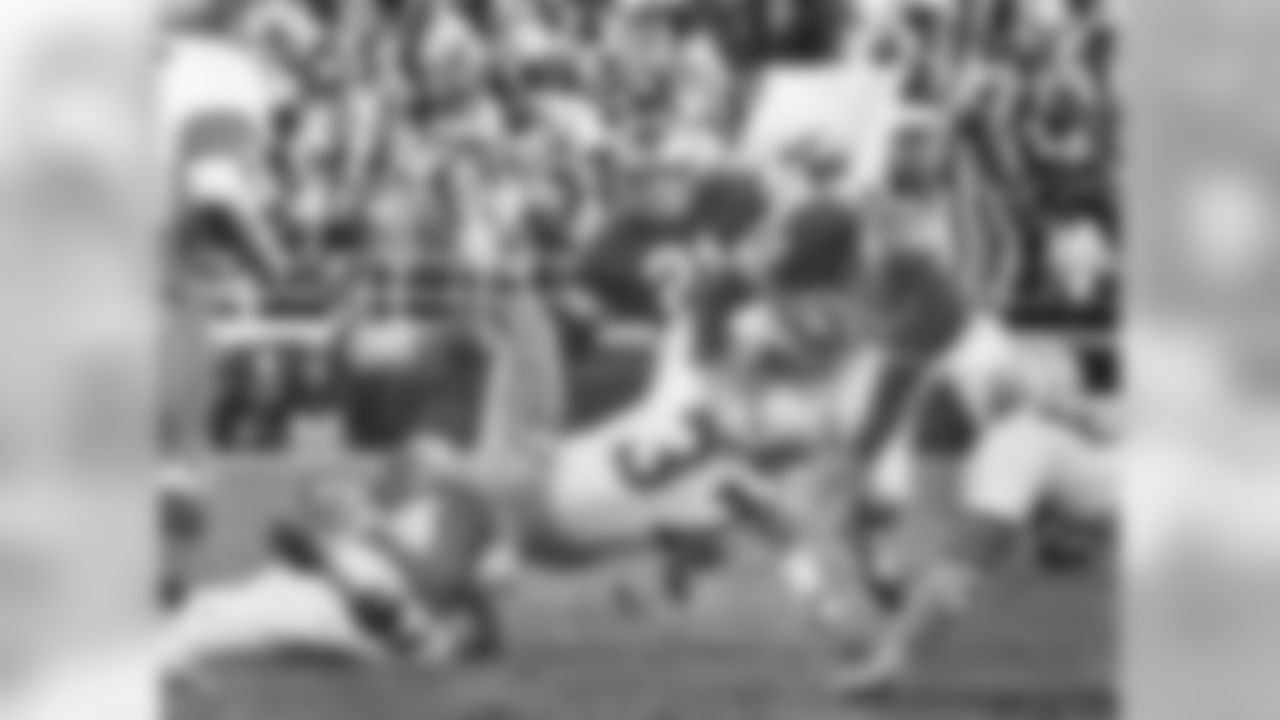
Maxie Baughan makes a tackle in 1964

WR Ben Hawkins scores a touchdown in 1967
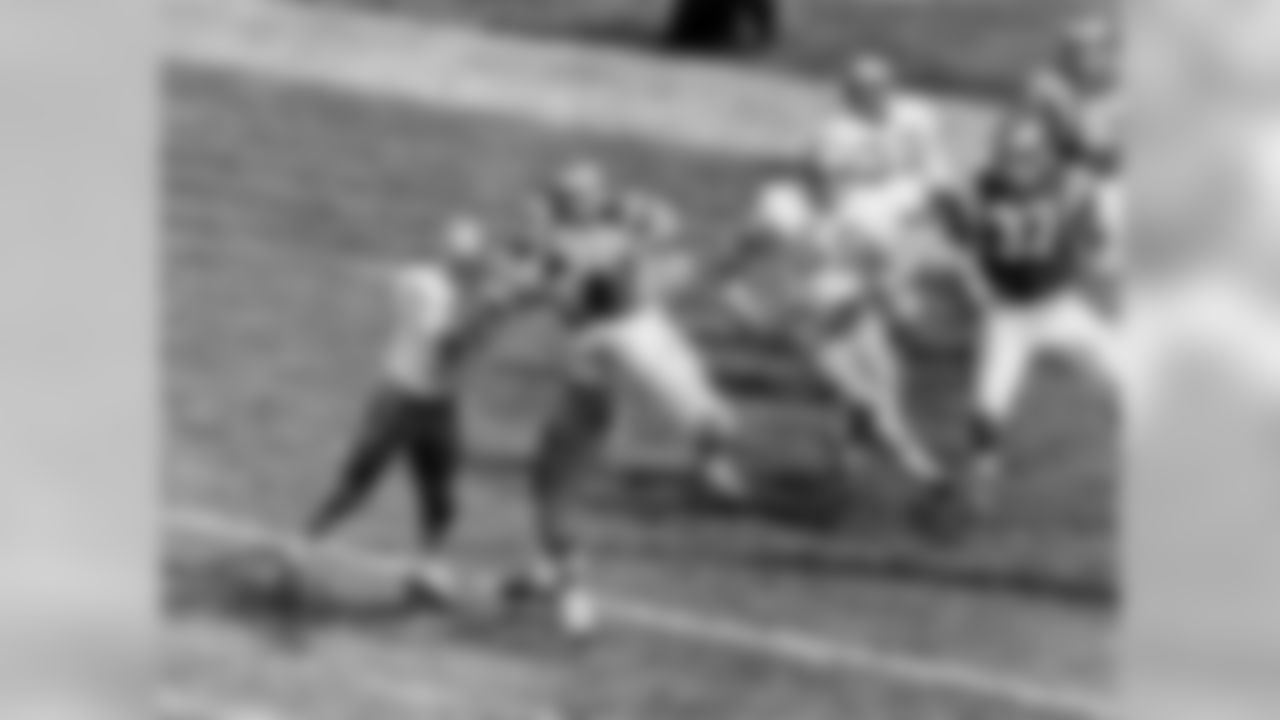
TE Mike Ditka brings in a touchdown pass in 1967
Brookshier may have been exaggerating, but I get his point. For a large stadium, Franklin Field felt intimate. As a fan, you did feel close to the action and since in those days there were no individual seats only long wooden benches you definitely felt close to the people around you. No one dared to come late because they would have needed a shoehorn to find space in their row.
The Eagles drew 36,858 for their first game at Franklin Field. Only 23,178 came out the next week to see the Eagles play the Giants. But when the team started winning, the place was packed and when they played Green Bay for the title, they had to add temporary stands to handle the overflow crowd. In all, 67,325 fans witnessed Hall of Fame head coach Vince Lombardi's only playoff defeat.
That was the year pro football really arrived in Philadelphia and it arrived at Franklin Field. For those of us who were there to experience it, it remains a special place.
Some of my happiest days were spent in Section EE jammed elbow to elbow with everyone else in row 23 juggling my hoagie and my hot chocolate and waiting for Norm Van Brocklin to uncork another long pass to Tommy McDonald. There was no music blaring, no message boards telling us when to cheer or clap. There was just a scoreboard and a clock that no one could read.
You had to be there to get it.
People who go to Franklin Field now for the first time will probably look around and say, "Really?" They will see a small press box and tiny concession stands and an upper deck with no restrooms. They will also fail to see the charm. The place will just look old and outdated. If you've only watched the Eagles from a catered suite, I'm sure Franklin Field will seem lacking.
But older folks – and I'm sure this will be the largest AARP turnout for any Eagles practice – will see it differently. They will see the green uniforms and winged helmets in that familiar setting and they will be transported back to a time when tickets were three bucks a game and the hot dog vendors called you by name and, oh yes, the Eagles were world champions.
Trust me, it was a very nice time.
An award-winning writer and producer, Ray Didinger was inducted into the Pro Football Hall of Fame in 1995. He has also won six Emmy Awards for his work as a writer and producer at NFL Films. The five-time Pennsylvania Sportswriter of the Year is a writer and analyst for Comcast SportsNet. Didinger will provide Eagles fans a unique historical perspective on the team throughout the season for PhiladelphiaEagles.com. You can read all of his Eagles History columns here.















